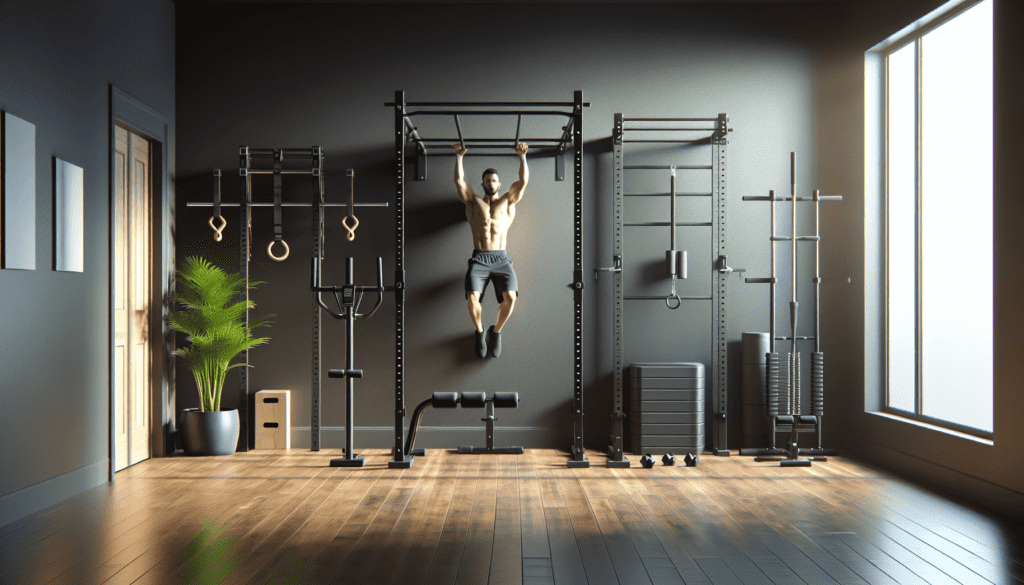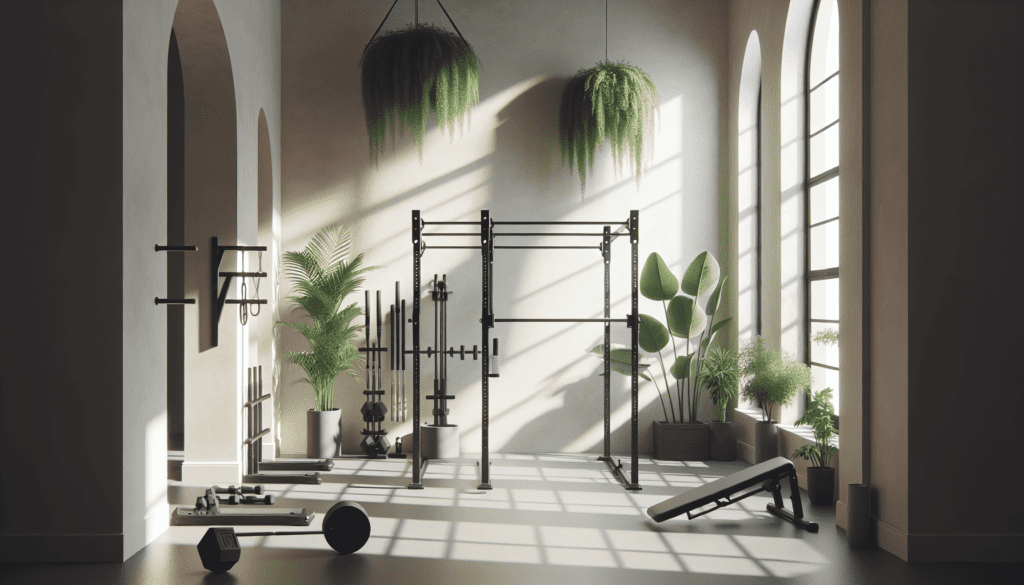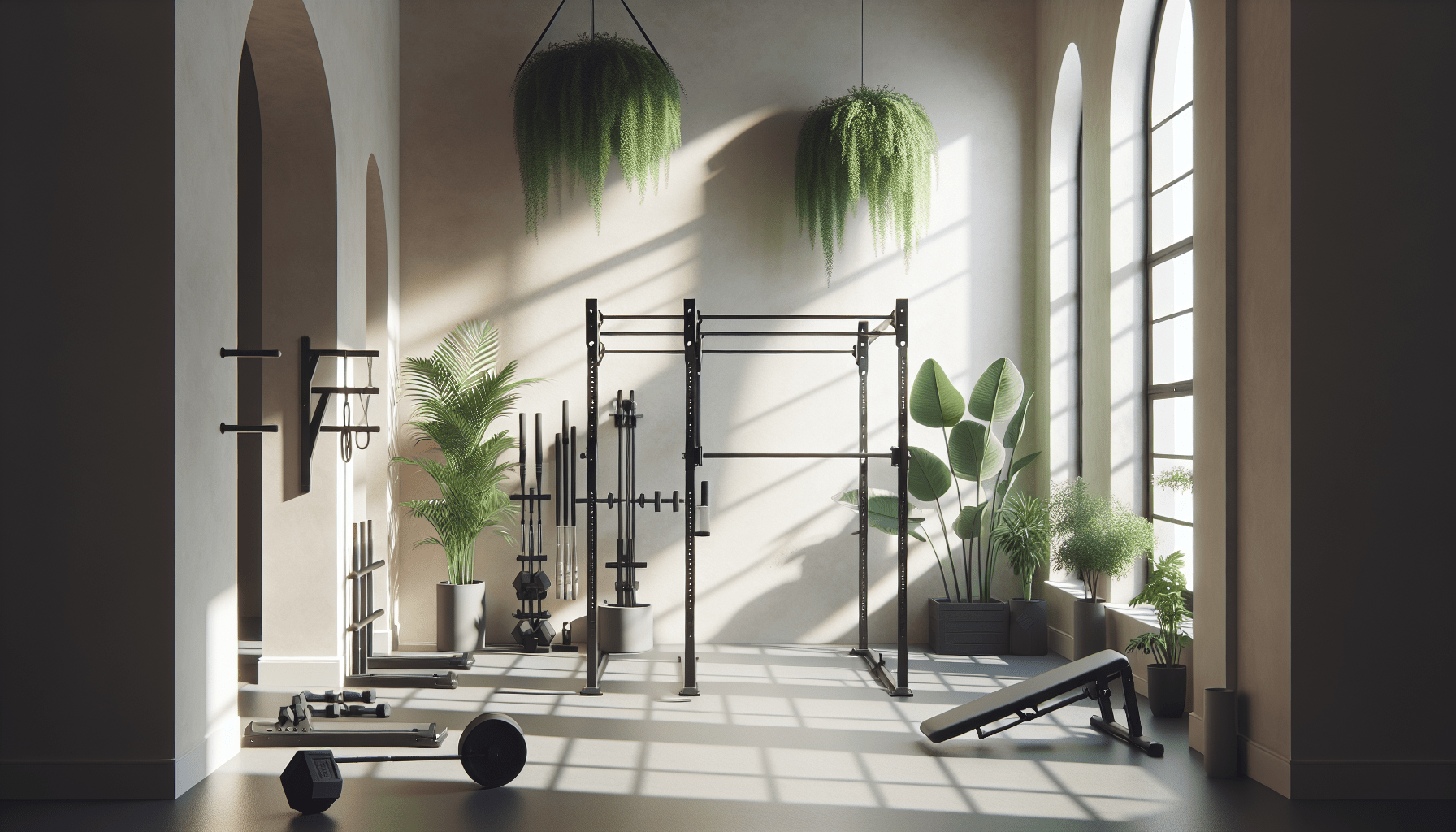Are you looking for a versatile piece of exercise equipment that fits conveniently in your home? Home fitness bars might just be the solution you’re seeking. Whether you’re a seasoned fitness enthusiast or just starting out, understanding the different types of home fitness bars can help you make the best choice for your fitness regimen. Here, we will break down the various options available, how they can benefit you, and how to choose the right one to fit your needs.
Understanding Home Fitness Bars
Home fitness bars are designed to assist in a variety of exercises that can improve strength, flexibility, and posture. These bars are typically easy to install and can be used for a workout as intense or as mild as you prefer.
What Are Home Fitness Bars?
Home fitness bars, often known as workout bars or exercise bars, are versatile pieces designed for use in the comfort of your home. They serve multiple types of exercises ranging from pull-ups to sit-ups, and even stretching exercises.
Benefits of Using Home Fitness Bars
- Versatility: They can be adapted to multiple types of workouts.
- Space Efficiency: Ideal for home use as they require minimal space.
- Cost-Effective: Generally cheaper than other home gym equipment.
- Convenience: Allows you to exercise anytime without going to a gym.
Types of Home Fitness Bars
When it comes to selecting a fitness bar for your home, you have several types to choose from, each offering different benefits and being suited for different kinds of exercises. Let’s take a detailed look at them.
Doorway Pull-Up Bars
These are among the most common types of fitness bars. As the name suggests, they fit in the doorway and are primarily used for pull-ups and chin-ups.
Features
- Adjustability: Most are adjustable to fit various door widths.
- Installation: They use leverage to hold against the door frame, requiring no screws.
- Exercise Types: Ideal for pull-ups, chin-ups, and leg raises.
Benefits
- Ease of Use: Simple to set up and take down.
- Flexibility: Can be removed when not in use, freeing up space.
Wall-Mounted Pull-Up Bars
Wall-mounted bars are fixed to the wall, offering more stability than doorway pull-up bars.
Features
- Sturdiness: Supports a higher weight capacity because they are mounted to the wall.
- Design Variations: Some feature multiple grips to vary your exercise.
- Exercise Types: Supports a wide range of exercises including pull-ups, knee raises, and even stretching routines.
Benefits
- Durability: Since they are permanently affixed, they tend to be more durable.
- Higher Weight Capacity: Can accommodate heavier users with more stability.
Free-Standing Pull-Up Bars
These are not attached to any fixtures and can be positioned anywhere in your home. They often come with a frame that stands on the floor.
Features
- Portability: Can be moved around the house or even taken outdoors.
- Multi-functionality: Often includes options for dip stations and push-up handles.
- Exercise Types: Suitable for pull-ups, dips, push-ups, and more.
Benefits
- Versatility: Offers more exercise options without additional equipment.
- No Installation Needed: No need to drill holes or mount on walls.
Joist-Mounted Bars
These types of fitness bars are mounted onto an exposed beam or joist in your home.
Features
- Space-Saving Design: Does not take up wall or floor space.
- Strength: Offers significant durability and weight capacity.
- Exercise Types: Mainly used for pull-ups and hanging exercises.
Benefits
- Invisible Installation: Can be hidden in less frequently used spaces like garages or basements.
- Secure Mounting: Very stable due to being mounted on structural supports.

Choosing the Right Home Fitness Bar
Selecting the right home fitness bar involves considering your available space, the types of exercises you plan to do, and your budget.
Considerations for Choosing the Best Fit
- Space Availability: Assess where you can install or place the fitness bar in your home.
- Exercise Needs: Determine what exercises you are planning to do. More versatile bars might be better if you plan a varied routine.
- Installation: Consider whether you prefer a temporary or permanent solution.
- Weight Capacity: Check the weight limit to ensure it supports your current and potential future needs.
- Budget: Prices can vary, so find an option that fits within your financial means without compromising on quality.
Tips for Safe Usage
- Proper Installation: Ensure that the fitness bar is installed according to the manufacturer’s instructions.
- Regular Inspection: Check for signs of wear and tear to avoid accidents.
- Correct Use: Use the fitness bar within its intended guidelines to prevent injuries.
Maintaining Your Home Fitness Bar
Taking care of your home fitness bar is crucial for ensuring it lasts long and remains safe to use.
Maintenance Tips
- Regular Cleaning: Keep it free of dust and sweat to prevent corrosion.
- Bolt Tightening: Periodically ensure all connections and bolts are tightened.
- Storage: If portable, store it in a dry and clean area when not in use.

Conclusion
Home fitness bars are a fantastic addition to your workout regimen, providing a great mix of convenience and affordability while helping in building strength and fitness. By understanding the different types and their benefits as well as how to choose and take care of them, you can make the most out of your home workout setup. Always prioritize safety and comfort while training and enjoy the journey towards a healthier, fitter you!

